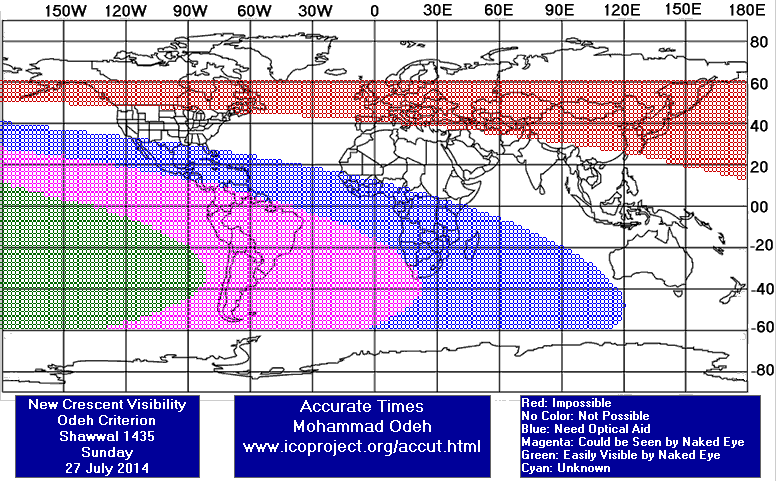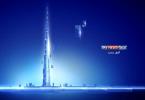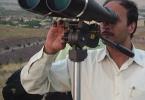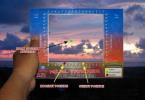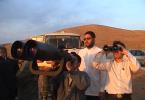Translated by ICOP Member: Omar Bouderdaben.
Allah (God) willing, the majority of the Muslim countries around the world would be observing the crescent moon on Sunday, July 27, 2014 at their respective sun set. In the Arab world, the conjunction of the moon will occur before sun set and the setting of the moon would occur after the sun set. However, because of the proximity of the horizon and its faint luminosity, the crescent would not be seen in any part of the Arab countries even if a telescope is used. However, the crescent moon could be seen using the CCD technology, which is a juristically a disputed matter amongst the shari’ah scholars.
Since the moon conjunction will occur before sun set and the moon will set after sun set, then many Arab Muslim countries will accept any moon sighting report and hence would announce the beginning of the month of Shawwal to be Monday, July 28, 2014.
As for the countries that require a physical sighting not contradicting astronomical calculations, the first of the month of Shawwal would be Tuesday, July 29, 2014.
In summary, countries that require only astronomical calculation, or accept the CCD thechnology, the first of Shawwal would be Monday, July 28, 2014. Countries that require physical eye sighting and the reports do not contradict the astronomical calculation, the first of Shawwal would be Tuesday, July 29, 2014.
Taking a look at the moon position on Sunday, July 27 2014, with respect to different locations throughout the Muslim world, we would find the physical eye-sighting of the moon is impossible from Northern Asia, all of Europe and Canada because the moon sets before the sun. On the other hand, despite the setting of the moon after the sun, the physical eye-sighting is not possible, even with a telescope from the rest of Asia, Australia, north and central Africa and the majority of the United States. If a telescope is used, the physical eye-sighting of the moon would be possible from South Africa and Central America. From South America, the physical eye-sighting would be possible but with some level of difficulty. Finally, from the Indian Ocean, the moon would be easily seen.
Listed below are the positions of the moon on Sunday, July 27, 2014 in some Muslim cities throughout the world:
•Jakarta: The moon would be 13 hours and 54 minutes old and would set 17 minutes after the sun set.
•Abu Dhabi: The moon would be 17 hours and 24 minutes old and would set 8 minutes after the sun set.
•Noble Makkah: The moon would be 17 hours and 59 minutes old and would set 11 minutes after the sun set.
•Amman: The moon would be 18 hours and 34 minutes old and would set 5 minutes after the sun set.
•Cairo: The moon would be 18 hours and 38 minutes old and would set 7 minutes after the sun set.
•Rabat: The moon would be 20 hours and 34 minutes old and would set 8 minutes after the sun set.
The physical eye-sighting of the moon in the above cities would not be possible even when using a telescope.
To put things in perspectives, it is worth mentioning that in the history of tracking the moon, 29 minutes is the least time so far recorded for the setting of the moon after the sun set, to be able to sight the crescent with a “naked eye” (not using any observation aids). That was reported from Palestine in September, 20th, 1990. As for the age of the moon, 15 hours and 33 minutes was the youngest moon reported on February 25th, 1990 from the United States.
Age of the moon and the time it takes to set are just two of the many parameters that determine moon sightability. Other parameters are the proximity of the moon to the sun, the height of the moon in the horizon and many more, besides the weather.
To know more about the moon setting, please visit Islamic Crescent Observation Project (ICOP) website at www.icoproject.org . The project was established in 1998 and has more than 400 members made of amateur astronomers to full-fledged well known professional astronomers and Shari’ah scholars. We encourage everyone who is interested in crescent observation to join our project and to send us their sightings of the new moon through our web site.
The below map shows the sightability of the moon on July 27, 2014.
